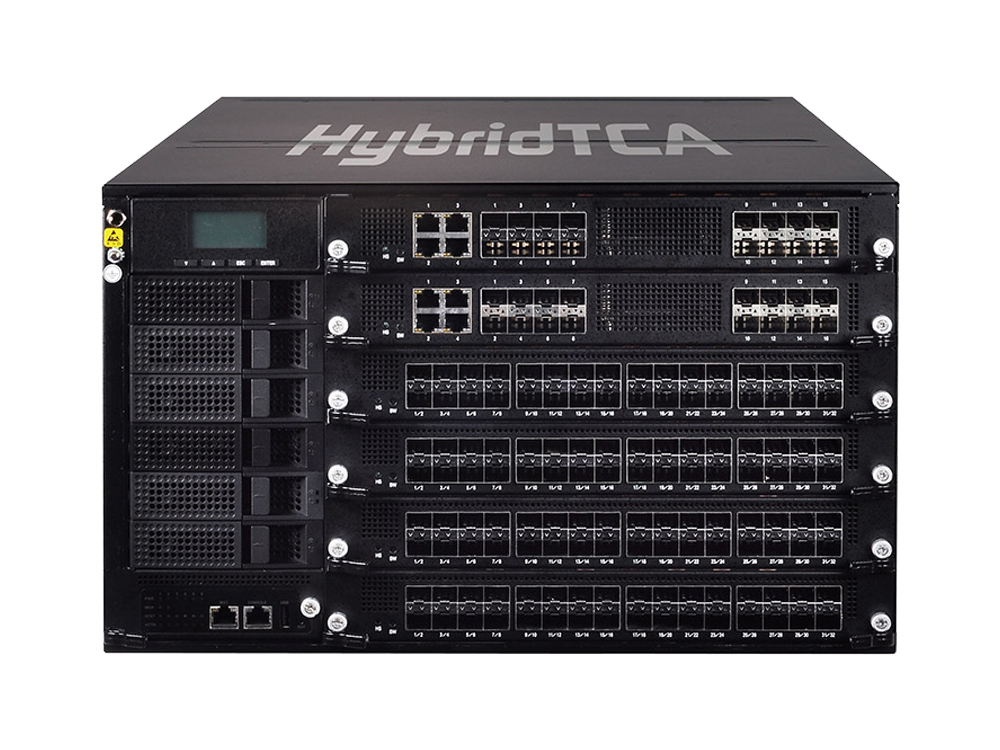Background
The availability of 5G in 2020 presents both opportunities and challenges for the business world. 5G is promised to enable machine learning, IIoT (Industrial Internet of Things), IoV (Internet of Vehicles), AR/VR and network slicing; however, there are stakes for enterprises that plan to deploy this technology. The availability of 5G in many countries lies in the monetary and technological capabilities of their telecom conglomerates, but they are facing challenges.
Moving to 5G networks requires a high volume of investments in infrastructures, like many mini-stations, base stations and newly evolved antennas, but the profitability of telecom companies is still at stake. Today’s telecom companies no longer enjoy the market dominance they used to have, in fact, they are threatened by new business models, like OTT (over-the-top) services, cloud services and instant communication apps, all of which have contributed to the changing landscape of customer bases for telecom operators. Therefore, they are seeking architecture-level solutions to reduce costs while building 5G infrastructure to meet customer demands, and that is MEC (multi-access edge computing).
MEC was defined by ETSI (European Telecommunications Standards Institute) as an evolved networking architecture that provides cloud computing at the network edge. By deploying IT infrastructure at the edge, applications and related data processing and analytics are closer to the customers and users, so that network congestion issues occurred in the centralized cloud can be mitigated. Virtualization plays a critical role in MEC architecture, as the application server runs multi-tenant VMs in RAN sites. Therefore, a high-performance, a cost-effective application server is essential in the success of MEC deployment.
Requirements
A leading mobile network operator (MNO) in Canada cooperated with Lanner to develop an application server for MEC architecture. The joint MEC system has to offer several benefits:

TCO Advantage
Virtualization technology has reduced a significant percentage of telecom deployment expenses, compared to traditional, core-driven architecture. With a high-performance, virtualized MEC server, TCO (total cost of ownership) could be cut over 50% (some even cut 89%).
Space-efficiency
Since MEC saves the investment in additional core-driven equipment, the high-performance MEC system also saves 75% of the space for data centers.
Power-efficiency
The multi-tenant nature of MEC application server replaces the need to purchase dedicated equipment and instead, implements virtual machines (VM) to run the applications and functions. In other words, if a high-performance MEC server can run as many VMs as possible, it means fewer dedicated equipment is needed. This will save the power consumption, and in some cases, by 67%.
Interoperability
The nature of MEC is interoperability by adopting white-box hardware and open software. For instance, a high-performance MEC server can be openly programmable to accelerate the time-to-market.
Solutions
In this collaboration, Lanner presented its HybridTCA™ server HTCA-6600, accompanied with HLM-1100 module as the white-box MEC hardware platform. HTCA-6600 aggregates up to twelve 2nd Generation Intel® Xeon® Scalable processors and two high-speed P4-programmable Tofino switching ASICs by HLM-1100 to boost hardware performance for MEC infrastructure. The integration of protocol-independent switching capability by Tofino™ and scalable processors from Intel® will drive and sustain the true potential of a multi-Tbps MEC network. The P4 Programmable Switching blade support redundant Dual Channel, 3.2TB Switching Capability. In addition, HTCA-6600 has massive storage with the support of Precision Time Protocol (PTP). Therefore, HTCA-6600 is meant to run as many VMs as possible.
Designed as an all-in-one high-performance carrier server, HTCA-6600 is NEBS ready and built-in with programmable switching integrated circuits to enable high availability, Terabit capacity networking and load-balancing. HTCA-6600 is also optimally designed for virtualization and software-defined network for IT management to migrate security functions, build VNFs and gain end-to-end visibility in their next-generation MEC architecture.
Related Articles
- Multi-Access Edge Computing-Consolidating Compute Node, SDN Switch and Storage at Edge Cloud
- Boosting and Sustaining Long-Term MEC Architecture Performance with Protocol-Independent, Programmable Switch Hardware








